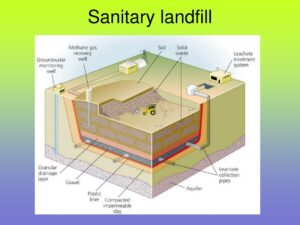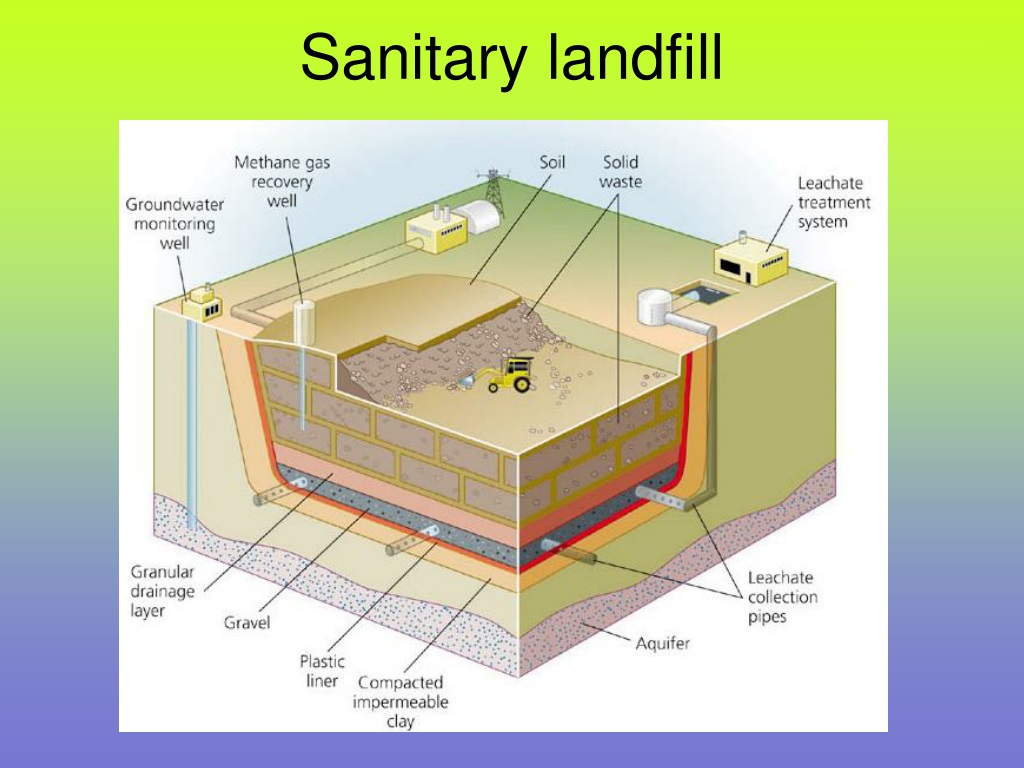What projects require geotextile laying?
Anti-seepage projects: Geotextiles play a key role in various anti-seepage projects. This includes percolation layers in landfills, anti-seepage layers in landfills, anti-seepage layers in chemical storage tank areas, etc. By laying geotextiles, you can effectively prevent the loss of seepage water underneath or avoid the pollution of soil and groundwater.
Garden landscape engineering: In garden landscape construction, geotextiles can be used to inhibit the growth of weeds and protect afforestation and lawn growth. By laying geotextiles, it can effectively block the growth of weeds, reduce competition for landscape plant growth, and provide soil stability and protection against corrosion.
Water conservancy projects: Geotextiles are widely used in water conservancy projects. For example, anti-seepage measures for dams, anti-seepage layers at the bottom and side slopes of rivers and reservoirs, anti-seepage layers for channels, anti-seepage layers for coasts and river banks, etc. By laying geotextiles, the stability and anti-seepage performance of the project can be improved, and water leakage and soil erosion can be prevented.
Road and railway engineering: Geotextiles can be used to reinforce road bases and prevent uneven settlement, while preventing base materials from mixing with the underlying soil. In railway engineering, geotextiles can also be used to stabilize the railway bed and improve the bearing capacity and anti-settlement performance of the road bed.
It should be noted that the specific requirements and environmental conditions of different engineering projects will be different, so when using geotextiles, relevant design specifications and technical requirements should be followed to ensure the correct selection and correct installation of the required geotechnical materials.

Why do landfills use geotextiles?
Barrier: Landfills require an effective barrier to prevent the liquid that seeps from the bottom (known as filtrate or leachate) from entering the soil or groundwater and contaminating the environment. As an anti-seepage barrier material, geotextile can effectively prevent the infiltration of filtrate and keep the landfill tight.
Filtrate Collection System: Landfills are usually equipped with a filtrate collection system to collect and process filtrate. Geotextiles can be used as a filter layer in filtrate collection systems to prevent solid waste from penetrating and clogging collection pipes.
Soil Protection: During landfilling, the underlying soil needs to be protected from erosion and contamination by leachate. Geotextiles can be used as a protective layer to cover the soil surface to prevent the filtrate from scouring and eroding the soil while maintaining the stability of the soil.
Improving the structural stability of the landfill: Geotextiles have a certain tensile strength and anti-scouring ability, and can play a role in strengthening and reinforcing the structure of the landfill. It prevents the subsidence of the bottom soil and the formation of sediments, thereby maintaining the stability of the landfill.
In summary, the main purpose of using geotextiles in landfills is to prevent the infiltration of seepage liquid and protect the soil, while improving the structural stability of the landfill. This helps reduce the risk of contamination to the surrounding environment, ensuring landfill safety and environmental sustainability. When using geotextiles, the correct selection, installation and maintenance should be carried out according to the specific requirements and design standards of the landfill.
[wpforms id=”40″]
Author
-

Founded in 2002, Tinhy's team focuses on the manufacturing, marketing, installation, application and research and development of geosynthetic materials.
View all posts




